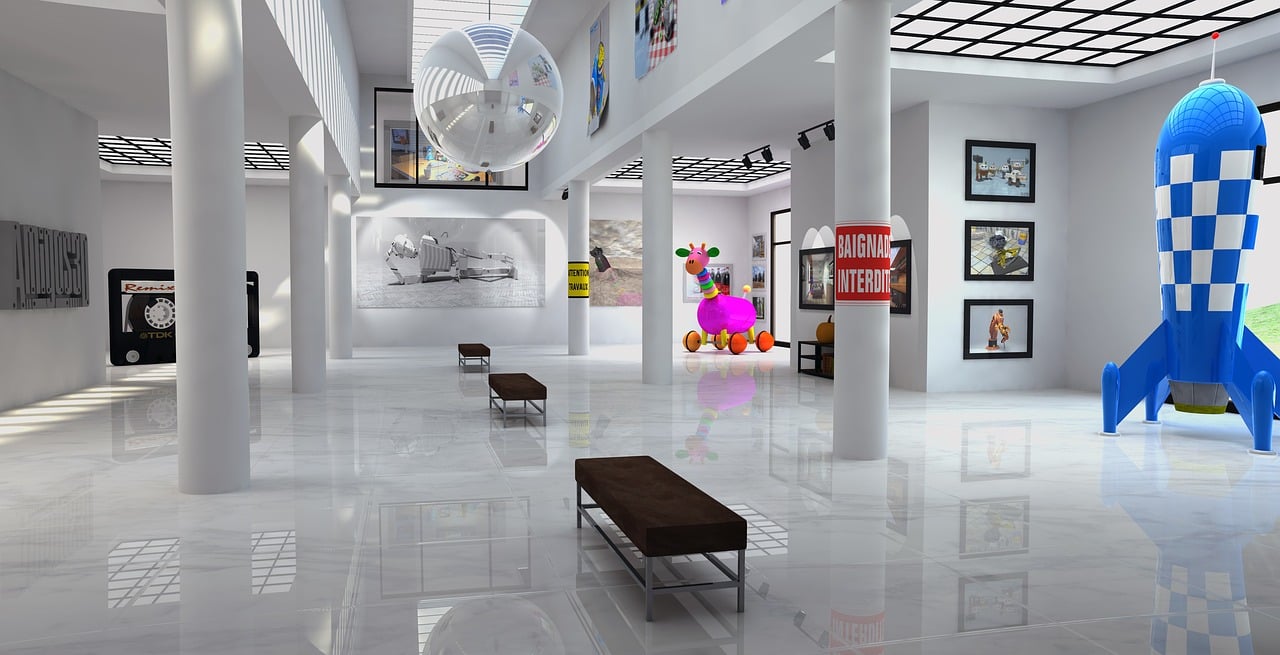
Museum installations: design and construction
Museum layout is the process that goes from planning to creation of the exhibition space of a museum or an exhibition. Its aim is to enhance the works on display and create an engaging experience for the visitor.
The beauty and attractiveness of a museum depend on a series of factors: the works exhibited, first and foremost, but also how these are organized and presented to the public.
The design of the exhibition itinerary , the choice of display cases and supports, the lighting and (last but not least) communication will therefore be decisive.
The museum layout and exhibition systems are, in a nutshell, a fundamental part of conferring the important role of a place of meeting, discovery and learning. A well-designed and set-up museum not only preserves and enhances the cultural heritage but transmits to the visitor the knowledge and emotions that the works of art intend to arouse.
How to set up a museum?
The exhibition systems are real precision instruments, designed and created by specialists with the aim of presenting the works, protecting them, enhancing them and communicating with the visitor within a well-defined path.
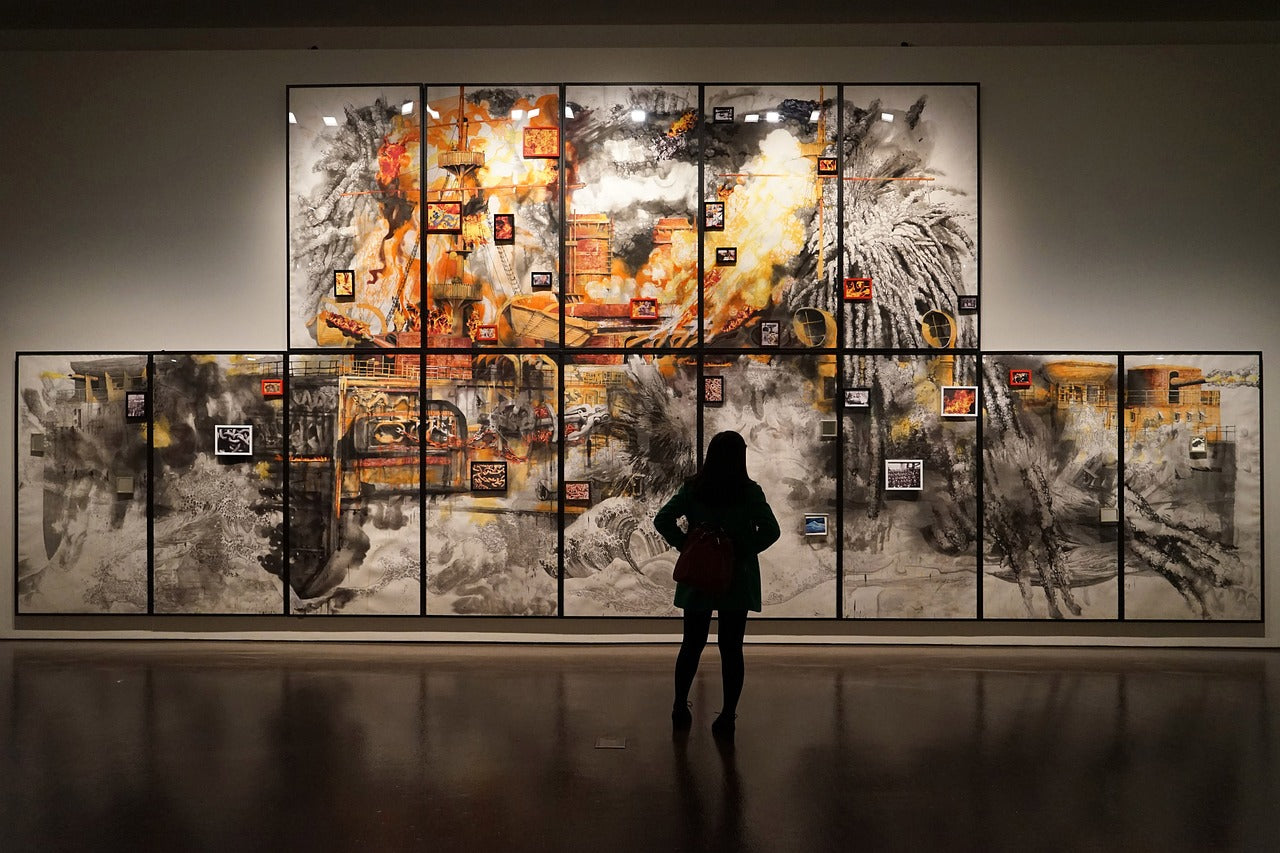
The installation as a whole has three well-defined tasks:
- Make the collection unique and communicative
- Convey the value of the testimonies contained in the museum
- Strengthen the identity of the museum itself
The exhibition itinerary is the soul of the exhibition, because the way in which the works are arranged in the space influences the way in which the visitor perceives them.
From the reception to the bookshop, every element is carefully designed to optimize the experience.
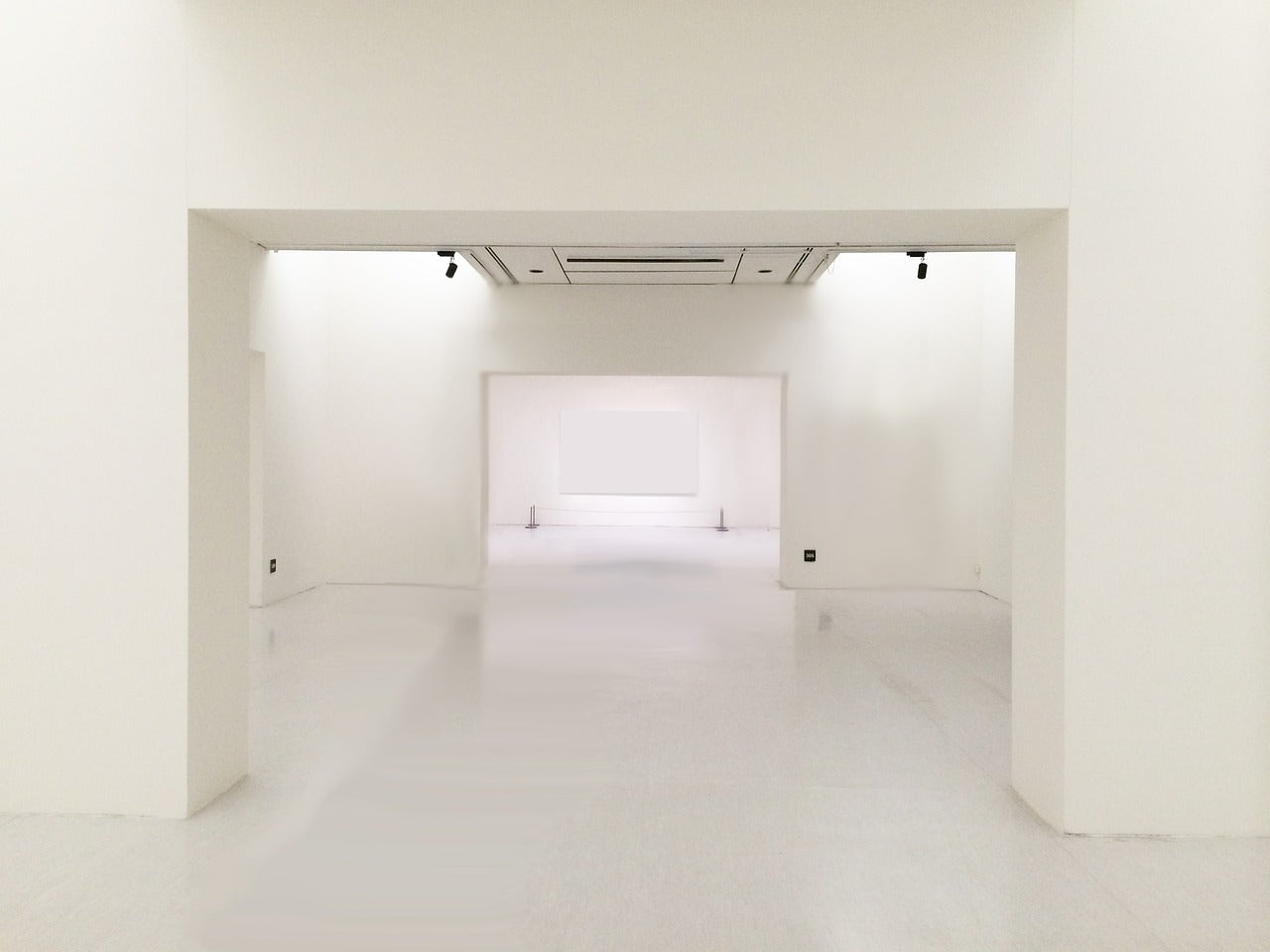
The reception is the first installation that visitors encounter: it must be integrated into the exhibition system, be resistant (it is not an area made to change over time) and functional. Here, in fact, is where the visitor finds the first information, the information that will guide his journey or help him understand how to structure it.
The galleries and exhibition spaces incontrovertibly depend on the building that houses the museum itself (if we are talking about a historic building, in fact, additional attention will be necessary to protect the pre-existing structures).
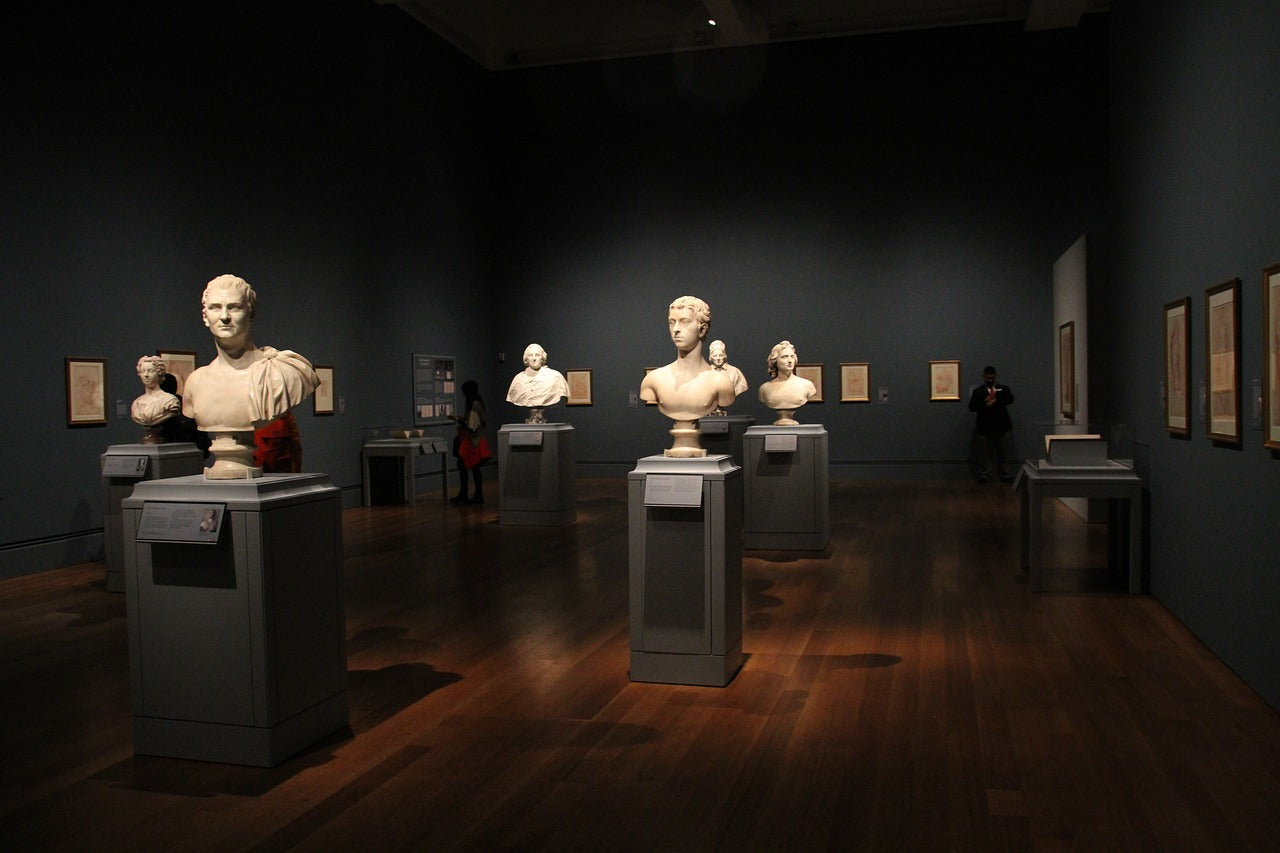
The separation of the internal spaces and the creation of extra surfaces for display is done with panels with a frame construction scheme, which are resistant and customizable, or with movable dividing walls that guarantee high structural flexibility.
Display furniture, wardrobes and glass cases must then be placed inside the exhibition spaces.
Objective: to protect, safeguard and enhance the works.
It is therefore not enough for these elements to act individually but they must be inserted into a broader integrated system that includes:
- Didactic apparatus and educational information
- Lighting systems that respect the objects on display
- Multimedia systems
- Integrated safety systems
Everything must encourage observation of the content and interaction with it, adapting to the identity of the exhibition and the values it wants to convey.
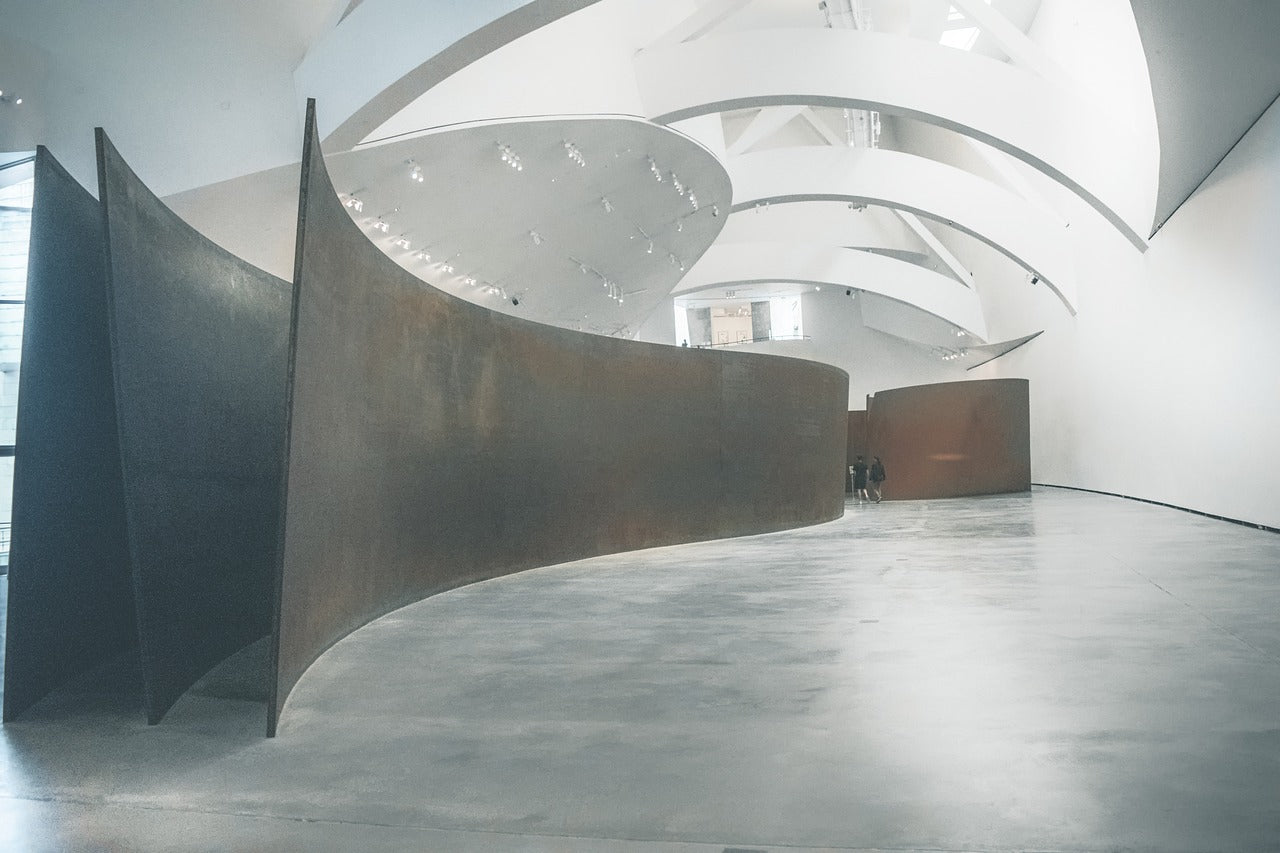
Temporary museum displays
The staging of exhibitions or special events (those that fall into the category of temporary museum installations) represent an exciting challenge for designers and exhibitors. It's about creating spaces capable of communicating with the works on display, of exciting the public and of adapting to different exhibition needs .
Flexibility and innovation are the key words for creating successful temporary installations.
The first materializes through the skill of the designers in creating installations that adapt to the context that hosts them and, in the same way, that enhance the different types of works and exhibition spaces hosted.
How to make them? Through modular and modular solutions, light and resistant materials and set-up systems that are easy to assemble and disassemble.
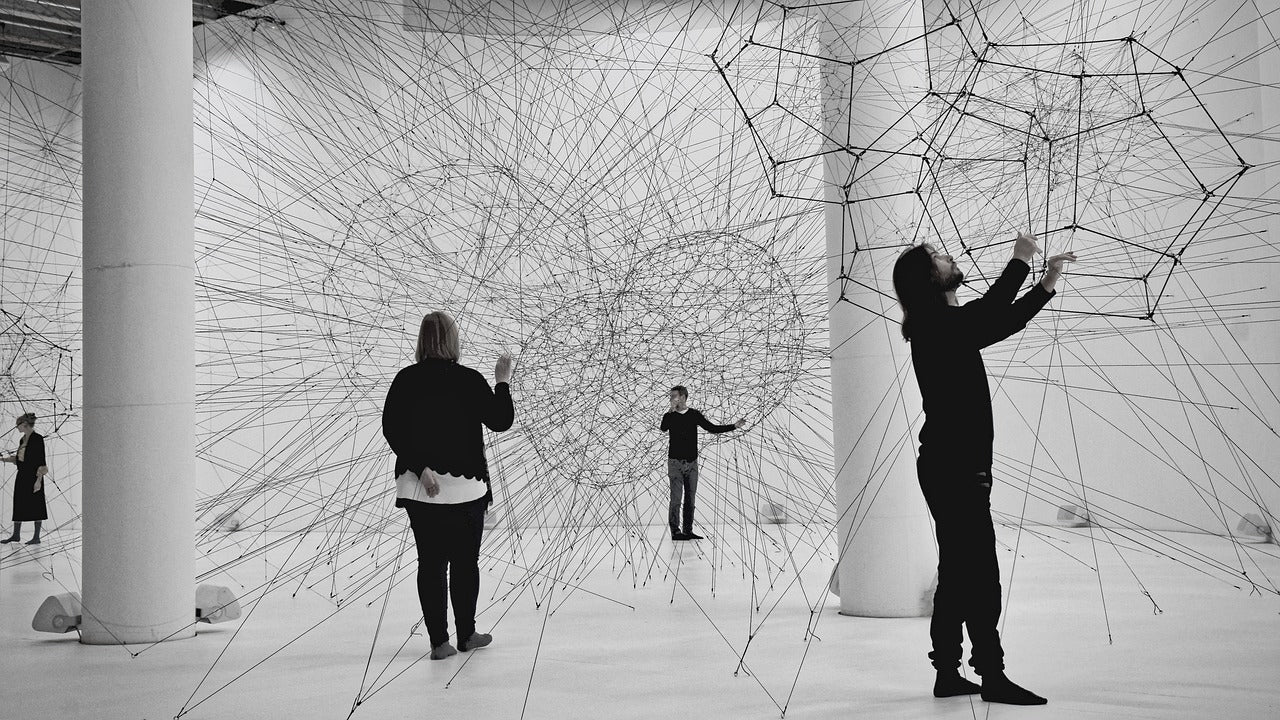
Innovative museum displays
Innovative museum displays are the key to exciting and stimulating the visitor.
Innovation manifests itself with the use of cutting-edge technologies to involve the public, with interactive and immersive experiences, emotional storytelling and captivating and original design.
The digital age has revolutionized the way we experience culture. To keep up with the times and attract an increasingly heterogeneous audience, museums must evolve and embrace new technologies and exhibition languages.
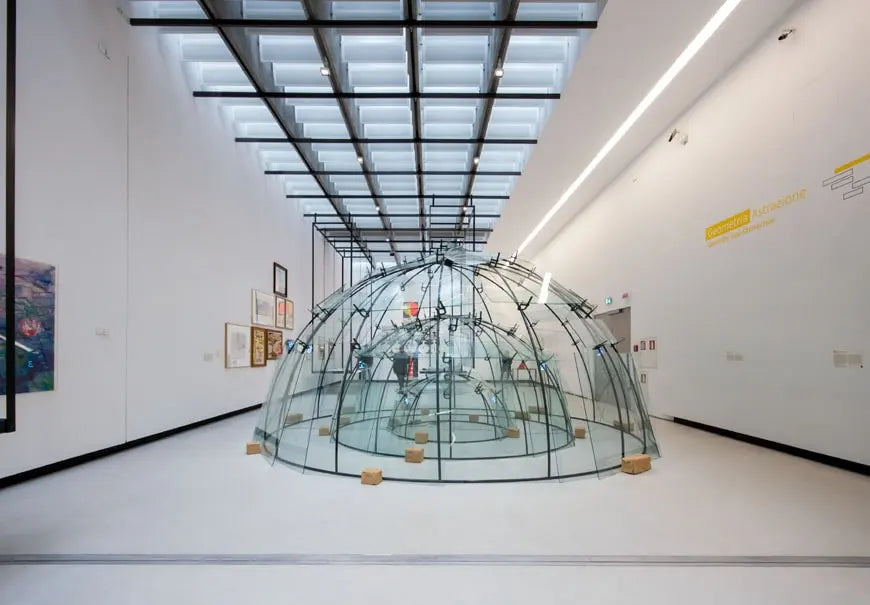
Some examples of famous innovative setups are:
- Leonardo da Vinci National Science and Technology Museum , Milan: the section dedicated to the human body allows you to explore anatomy in an interactive way, with holograms and digital anatomical tables.
- Egyptian Museum, Turin: virtual reality allows you to immerse yourself in ancient Egypt and explore the tombs of the pharaohs.
- MAXXI National Museum of 21st Century Arts , Rome: multimedia installations dialogue with contemporary works of art, creating a multisensory experience.
- Peggy Guggenheim Collection , Venice: the collection of modern and contemporary art is enhanced by a dynamic and colorful display, with works arranged in an unconventional way.
Common elements in all these successful installations are the use of cutting-edge technologies (virtual and augmented reality, holograms, touch screen interfaces, interactive projections, ...), an immersive experience with engaging and multi-sensory atmospheres, interaction with the works on display and active public participation.
No less important is the captivating and original design , with creative and unconventional solutions, the use of innovative materials, attention to detail and guaranteed accessibility .
What can we accomplish?
-
Projections and virtual reality
Exhibitions with 360 degree projections , virtual and augmented reality for a total experience that brings the public inside the works of art.
-
Multimedia stations
Interactive installations with multimedia stations , touch screens and games for an active and involved audience.
-
Special events
Special events , with spaces designed to host artistic performances, concerts and educational workshops for a complete museum experience.
-
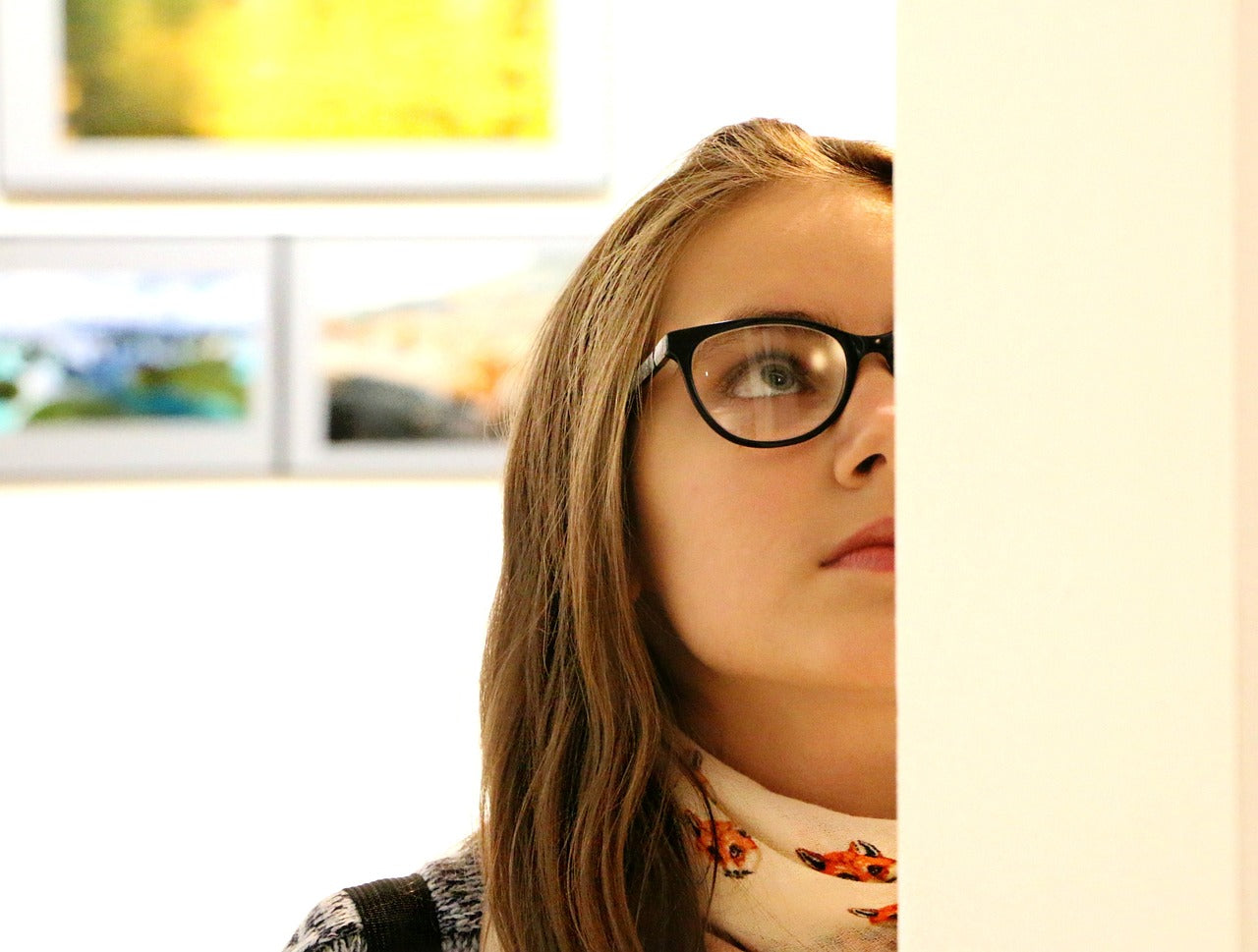
Museum exhibition project
Among the companies that deal with museum installations, Max3 boasts over 20 years of experience and collaborations with numerous museums throughout the country.
Each project is a unique journey, which begins with a deep understanding of the museum, its audience and the objectives you want to achieve. Our team of architects, designers and fitters works closely with the customer to develop customized solutions capable of combining aesthetics, functionality and technology.
Our services:
- Museographic design
- Permanent and temporary setups
- Creation of display cases and display supports
- Audio-video and multimedia systems
- Graphic design and communication
- Consulting and support services
Contact us to submit your needs or request more information.
Max3: the solution you were looking for for a museum that excites and involves.

